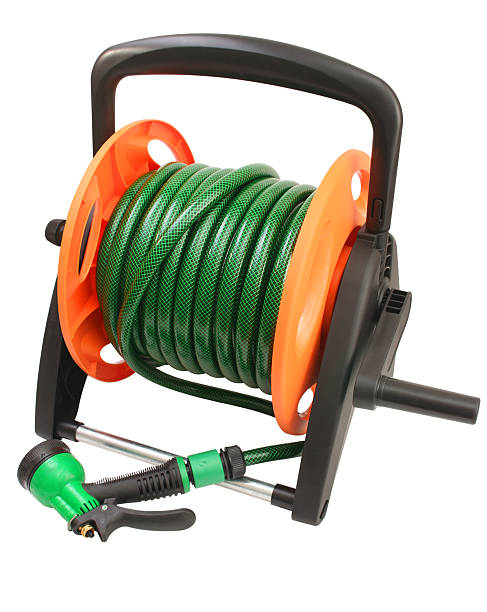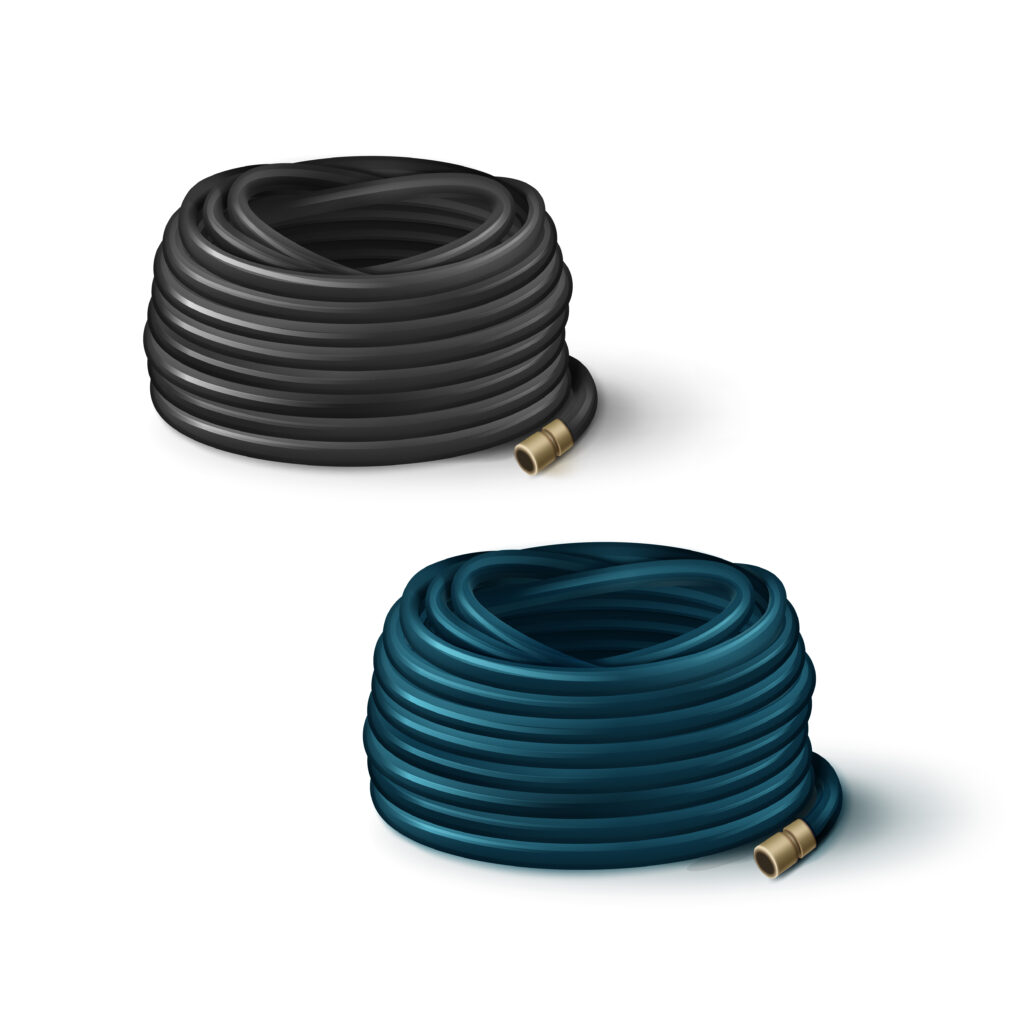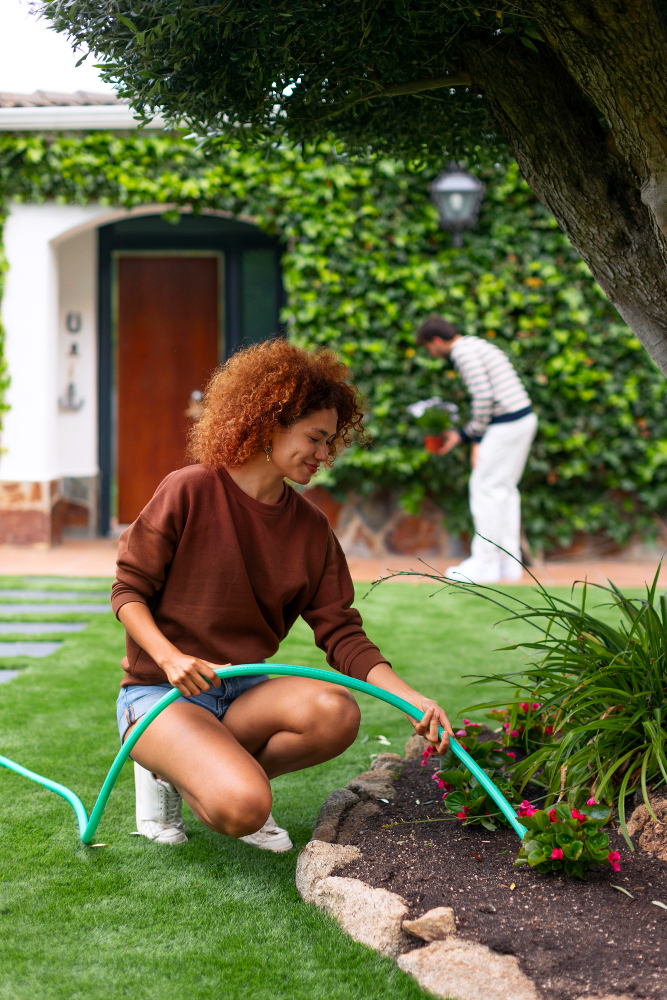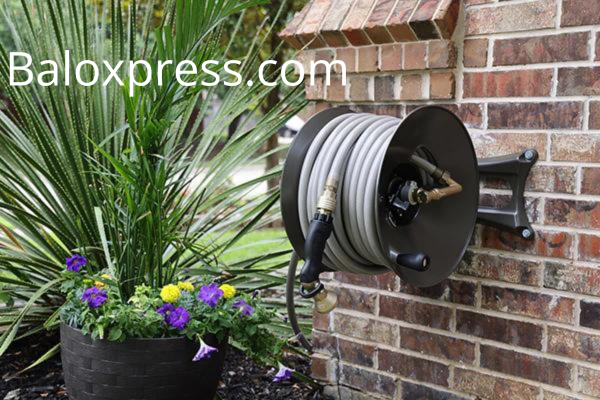A garden hose is an essential tool for maintaining a beautiful and healthy garden. However, over time, the hose can become stiff and difficult to maneuver, making watering tasks a hassle. But don’t worry, there are ways to make your garden hose more flexible and easier to use.
In this blog post, we will discuss how to make garden hose more flexible in 5 ways, and make your gardening experience more enjoyable.
1) Warm water soak
A warm water soak is a simple yet effective method to make your garden hose more flexible. This technique works by softening the hose material, making it easier to bend and maneuver. To do a warm water soak, start by disconnecting your hose from the water source.
Next, find a large container or bucket that is big enough to fit your entire hose. Fill the container with warm water, ensuring that it covers the entire length of the hose. Let the hose soak in the warm water for about 30 minutes.
This will allow the heat to penetrate the hose material and make it more pliable. After the soak, carefully drain the water from the hose and test its flexibility by bending it in different directions.
You will notice a significant improvement in the hose’s maneuverability and ability to avoid kinks and tangles. So next time your garden hose starts feeling stiff and rigid, give it a warm water soak and watch it transform into a more flexible tool for your gardening needs.
2) Use a hose reel

Using a hose reel is a game-changer when it comes to maintaining a flexible garden hose. A hose reel is a storage device specifically designed to keep your hose neatly coiled and easily accessible. Not only does it help prevent kinks and tangles, but it also protects the hose from damage caused by dragging it across the ground or getting tangled in bushes.
When using a hose reel, simply attach the end of your hose to the reel and wind it up using the handle. This ensures that your garden hose is always ready to use without any knots or kinks. Plus, it saves you from the frustration of having to untangle a stubborn hose before every watering session.
Hose reels come in a variety of styles and sizes, so you can choose the one that best fits your needs. Wall-mounted reels are perfect if you have limited space or prefer to keep your hose off the ground.
On the other hand, cart-style reels are portable and great for larger gardens or yards.
Investing in a hose reel not only makes your gardening tasks more efficient but also prolongs the life of your hose. So say goodbye to tangled messes and hello to a flexible and hassle-free watering experience with the help of a hose reel.
3) Choose a flexible hose design

When it comes to making your garden hose more flexible, choosing the right design can make a significant difference. There are various types of hoses available in the market, each with its own level of flexibility.
One option to consider is a lightweight and expandable hose. These garden hoses are typically made from a durable, yet flexible material such as latex or rubber. The unique design allows the hose to expand when filled with water and contract when the water is turned off, making it incredibly easy to handle and maneuver. These hoses are also known for being kink-resistant, further enhancing their flexibility.
Another option is a fabric hose, which is constructed with a woven fabric exterior and a rubber or plastic inner tube. This design provides flexibility while maintaining durability. Fabric hoses are lightweight, easy to maneuver, and resistant to kinks.
Additionally, the fabric exterior adds an extra layer of protection against UV rays and harsh weather conditions, prolonging the lifespan of the hose.
Lastly, consider a hose with a larger diameter. Hoses with a wider diameter typically offer better flexibility because they allow more water flow, reducing the likelihood of kinks and tangles. These hoses are particularly useful for larger gardens or areas that require higher water volume.
Choosing a flexible hose design that suits your specific gardening needs can greatly improve your overall experience. Whether it’s an expandable hose, a fabric hose, or one with a larger diameter, selecting the right design can make a world of difference in making your gardening tasks easier and more enjoyable.
4) Regular maintenance and inspection of garden hose
Regular maintenance and inspection of your garden hose is essential to ensure its flexibility and longevity. By taking the time to properly care for your hose, you can prevent issues such as leaks, kinks, and tangles that can hinder its performance.
Firstly, regularly check for any signs of wear and tear, such as cracks, splits, or holes. These can occur over time due to exposure to harsh weather conditions or accidental damage. If you notice any damage, it’s important to repair or replace the affected section promptly to prevent further issues.
Additionally, inspect the fittings and connectors on your hose. Ensure they are secure and not leaking. Tighten any loose fittings and replace any damaged or worn-out connectors.
Another crucial aspect of maintenance is proper storage. After each use, make sure to drain all the water from your hose and properly coil it. This prevents water from pooling inside, which can lead to mold and mildew growth. Avoid leaving your hose exposed to direct sunlight or extreme temperatures, as this can degrade the material over time.
Lastly, consider using nozzle protectors or hose guards to protect your hose from any potential damage caused by dragging it on rough surfaces or getting caught in sharp edges.
By implementing regular maintenance and inspections, you can extend the life of your garden hose and maintain its flexibility for years to come. Taking care of your hose not only saves you money in the long run but also ensures a hassle-free gardening experience every time.
5) Rolling and unrolling technique
Rolling and unrolling your garden hose properly is an often overlooked technique that can greatly improve its flexibility and ease of use. Many people simply throw their hose in a heap after each use, leading to kinks and tangles that can be a hassle to undo later. But with a little extra care, you can make rolling and unrolling your hose a breeze.
When rolling up your hose, start by making sure it is completely drained of water. This will prevent any excess weight and minimize the risk of tangles. Begin at one end and gradually work your way down the length of the hose, folding it in a loop pattern as you go. Keep the loops relatively tight, but not so tight that they put stress on the hose material.
When it’s time to use your hose again, start by unrolling it carefully. Avoid yanking or pulling on the hose forcefully, as this can lead to kinks. Instead, gently guide the hose as it unrolls, allowing it to naturally straighten out as you go.
By taking the time to roll and unroll your hose properly, you’ll avoid unnecessary stress and damage, and maintain its flexibility for years to come.
Our Conclusion
After exploring five simple tips to make your garden hose more flexible, it’s clear that maintaining a flexible and maneuverable hose is essential for a hassle-free gardening experience. By implementing these techniques, such as warm water soaking, using a hose reel, choosing a flexible hose design, regular maintenance and inspection, and employing the proper rolling and unrolling technique, you can say goodbye to kinks, tangles, and frustrations.
Investing a little time and effort in caring for your garden hose will go a long way in prolonging its lifespan and ensuring optimal performance. With the tips given above, you can achieve a more flexible and easy-to-use garden hose, allowing you to spend more time tending to your plants and less time dealing with hose issues.




